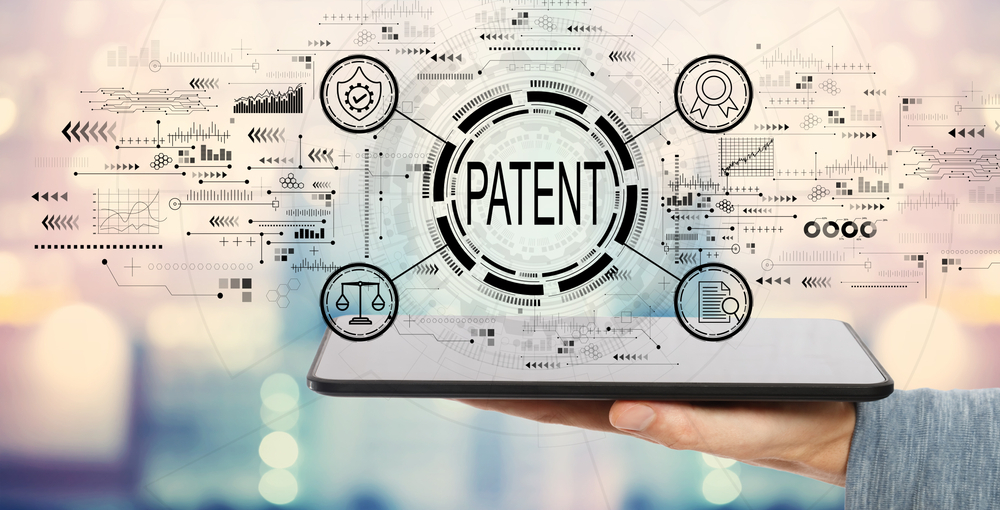Patent owners often wonder, “What are my patents worth?”
Unfortunately, there is no straightforward answer to this question: many factors can impact patent value. In this series of blogs, we will explore the factors that affect the value of patents. This first blog will examine the big-picture trends that impact the values of all patents, including macro-economics, business and technology, legal and regulatory, and geopolitical trends. Subsequent blogs will delve into the specific factors that determine the value of individual patents or patent portfolios.

Macroeconomics
Macroeconomics affects patent values. Following the global financial crisis of 2008, operating companies were facing insolvency or bankruptcy and needed to conserve cash. Purchasing patents became a low priority. Consequently, the demand for purchasing patents plummeted and the value of patents reduced. However, in subsequent years, there has been a rebound in the patent market; companies are again willing to purchase patents to reduce the risk of patent infringement, gain an advantage over competitors, and generate income from patent licensing. Now we are in a period of rising interest rates in which many companies will face financial difficulties. This may once again lower demand and pricing for patents.
Economic globalization over the past 50 years means that companies increasingly operate and compete globally. In addition to patent protection in their home countries, they need protection in other countries in which they operate. This has raised the value of patents.
Recently, rising protectionism and concerns about security are leading to countries seeking to decouple their economies from strategic rivals. This may lead to lower competition, reduced innovation, and lower patent values.
Business and Technology Trends
The emergence of smartphones and mobile internet services has been one of the greatest global business trends in the past 15 years. Apple, Google/Alphabet, Facebook/Meta, Samsung, Huawei, and other successful companies in this field have generated enormous revenues. Consequently, patents in this field have become valuable.
The product lifecycle curve – introduction, growth, maturity, and decline – affects the value of related patents. Patents are in high demand when the market for related products is already large and is still growing. When revenue growth slows, the market shares of competitors become more stable. Since companies are no longer jostling for market share, they see less need to purchase patents and patent values decline. And when sales of a product category start to decline, it becomes nearly impossible to sell patents related to these products.
Legal Trends
The legal environment for patents is continually evolving.
In the past two decades, China has implemented a world-class patent system by revising patent laws, hiring many patent examiners, and introducing specialized courts for hearing intellectual property cases. Consequently, Chinese companies now place greater focus on having strong patent portfolios. This has increased the value of patents in China. Since China’s economy is huge, this has influenced patent values worldwide.
Major legal changes have also occurred in other countries. In the United States, the Leahy–Smith America Invents Act (AIA) introduced the Inter Partes Review (IPR), which made it easier to invalidate patents, has in general reduced patent value. In Europe, the recent introduction of the Unitary Patent and the Unified Patent Court should reduce the cost and complexity of obtaining patent protection in multiple countries, hence increasing the value of patents. A number of landmark patent cases have produced judgments that have reduced the scope of patent eligible subject matter and the ability to enforce patents.
In summary, patent law continues to evolve, and this affects patent values.
Summary
The value of a patent depends on many factors that are continually changing. In this blog, we have described the macro trends that affect a patent’s value, including macro-economics, business and technology trends, and legal changes. In future blogs, we will explore the factors that affect the value of patent portfolios and individual patents.